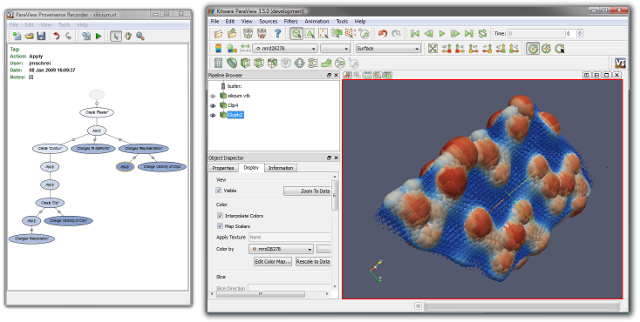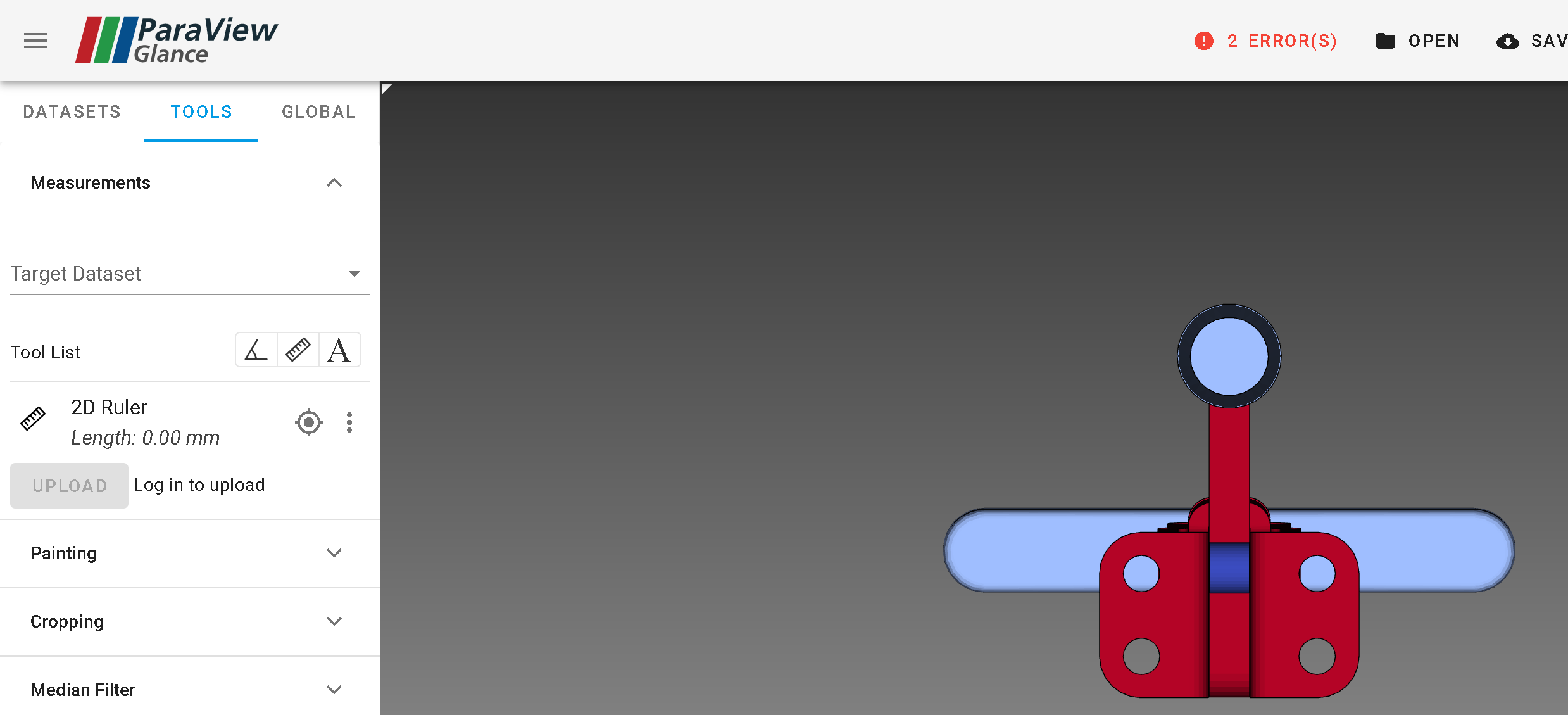

A warning will appear every time an operation is performed that could break live synchronization. As it is not obvious when such operations are performed, one can set ParaView’s logging output to Show Debug Messages in the Logging section of the Settings menu (see Omniverse Connector Render View Settings). Technically live synchronization will remain enabled, but operations performed afterwards may not propagate to client applications anymore. Examples of this are creating or deleting a ParaView pipeline node, or enabling/disabling the output of 3D viewport widgets in the Properties panel. An example of its usage provided in Test the connector using the ParaView wavelet source.Īny operations that will result in new or deleted layers in the USD output will not work with live synchronization. For convenience, the Open View In Omniverse App will do this automatically when live synchronization is enabled.


Opening this layer as a stage in Omniverse USD Composer will allow synchronization to take place. After pressing the Live Synchronization button, the ParaView Connector generates a separate layer called live_FullScene.live within its output directory. With live synchronization enabled, a user can apply modifications in ParaView to existing pipeline nodes and see the result of those changes in Omniverse client applications such as Omniverse USD Composer, without reloading the scene. The steps outlined below assume that the connector plugin is installed, enabled, and configured to output to a desired location (on a Omniverse Nucleus server or otherwise).Ĭreate an ‘Omniverse Connector’ render view,īy clicking the ‘+’ tab and choosing Omniverse Connector:Īnd that’s it! Now you can enjoy using ParaView with Omniverse to do new and interesting things with your data, and do so collaboratively in real time. This section will walk through a very simple example using one of ParaView’s built-in data sources to demonstrate the connector in action. Test the connector using the ParaView wavelet source Opens a dialogue and displays version information about the installed NVIDIA Omniverse™ ParaView Connector, and provides helpful links to access release notes and to get support. Launches your default web browser to the NVIDIA Omniverse™ ParaView Connector Documentation. Afterwards, simply click the ‘Open View in Omniverse App’ button and the Omniverse application will launch with your visualization loaded and ready to go. For this to work, set up your desired Omniverse application (such as Omniverse USD Presenter or Omniverse USD Composer) in the settings menu. Once an Omniverse Connector render view has been created, this button opens the contents of the currently active view directly an Omniverse application of choice. This only works when the output directory resides on a Nucleus server Open View In Omniverse App Or, just copy the /lib folder over to the PV install, and add the following line to /lib/paraview-/plugins/: Manually run ParaViewOmniSetup.sh -i after setting PVOV_INSTALL_PATH to your PV installation directory. Locate the ParaView Connector installation, typically at ~/.local/share/ov/pkg/paraview-connector-, and copy it over to the target machine.
#Hausdorff distance paraview plugin install#
On a headless Linux system, installing the ParaView Connector can be done manually using the ParaView Connector launcher install from a different machine: In case of issues, they should appear in the notification section of the Omniverse Launcher. On Linux, make sure to call export PVOV_INSTALL_PATH= before running the Omniverse Launcher, which will point the installer to the right locationįollow our Connector installation instructions for details. On Windows, it will ask for the location of an existing official ParaView install into which to copy the plugin Please install the ParaView Connector plugin via the Omniverse Launcher, which will guide you through installing the connector plugin to your local ParaView install. Omniverse Connector Render View Settings.Mesh-based Output Compatible With Omniverse USD Composer.Test the connector using the ParaView wavelet source.


 0 kommentar(er)
0 kommentar(er)
